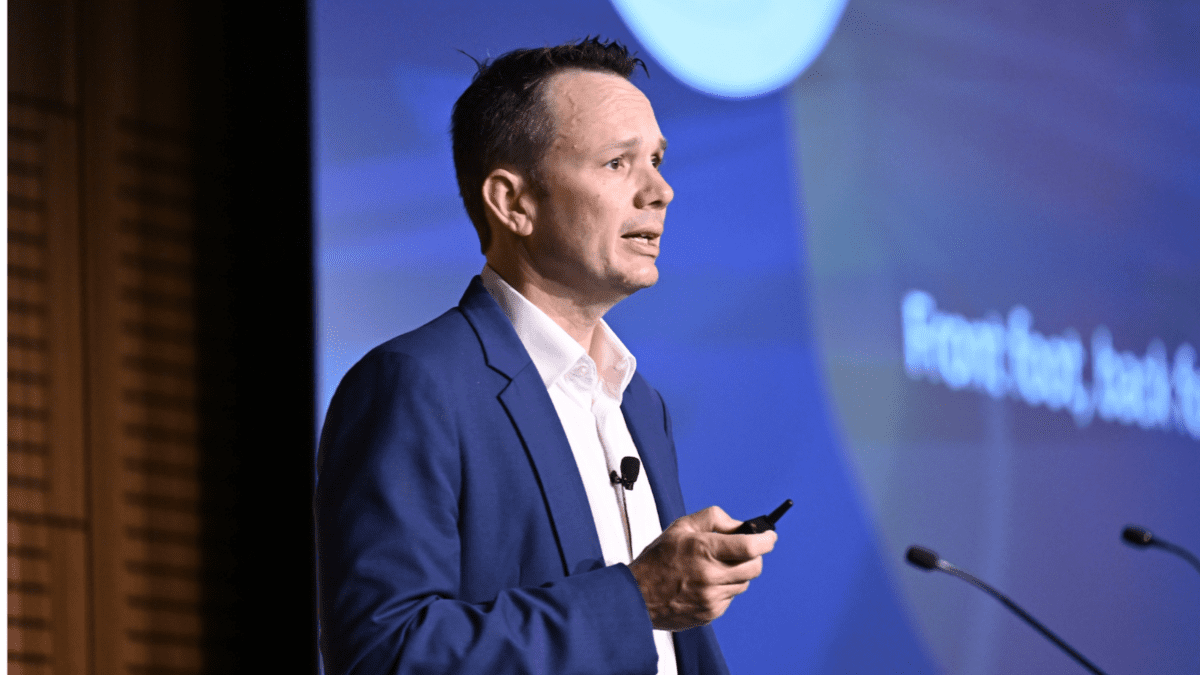Vanguard aims to undercut competitors with lifecycle super fund
Vanguard Australia, the world’s second largest asset manager, has thrown its hat into the superannuation ring, launching a product that aims to undercut competitors and includes a ‘lifecycle’ MySuper default fund that automatically adjusts investors’ asset allocations with their age.
The launch of the Vanguard Super SaveSmart offering comes as new research by the company found half of Australians are unsure about the fees they pay to their super fund, and two in five people are unsure if their fund is low cost. According to Treasury figures, Australian households pay $30 billion per year in superannuation fees, excluding insurance premiums.
“There remains a lot of variety in how superannuation fees are constructed and communicated to members – making it difficult to truly understand how much they are paying each year,” Daniel Shrimski, managing director of Vanguard Australia, said in a statement announcing the launch.
“Vanguard Super’s fees are deliberately structured to be transparent and competitive,” he added. “The fund’s fees are presented on a yearly fee basis which incorporates the investment cost, administration fee and transaction costs.” The fee excludes activity fees and insurance premiums, the statement noted.
“At 0.58 per cent, the Vanguard Super default option yearly fee represents the lowest in the Australian superannuation market for member balances under $50,000, and for members aged 47 years and under,” Shrimski said.
Scott Keeley, a senior financial adviser with Wakefield Partners, said the product will appeal to Australians given its low costs but that super savers need to keep investment outcomes in mind.
“For Australians, superannuation is one of their largest assets, so it makes sense that Vanguard’s low-cost fund is going to appeal to investors,” Keeley told The Inside Investor.
“Low cost, however, is not the only aspect that makes a super fund worth investing in,” he said, adding that it is important that superannuation funds have investment selections that meets investors’ needs and provide transparency and efficient support services. A quality insurance offering is also important.
“In Vanguard’s favour is an excellent international reputation, and we have been long-term supporters of their passive index-based investment approach,” Keeley said, although he questioned whether Vanguard is moving outside its core business.
“The next few months will be interesting,” he said. “The ‘you get what you pay for’ mantra is real, and we hope that Vanguard is able to achieve excellent outcomes in all aspects of providing a super fund in Australia, not just the lowest cost.”
Focus on lifecycle investment
Vanguard Super offers a ‘Lifecycle’ default fund, which aims to leverage Vanguard Group’s low-cost index investing to provide an investment solution that automatically adjusts asset allocation with a member’s age.
The Lifecycle option adjusts more frequently than do existing products on the market – 36 times over a member’s life (without switching fees), versus an industry average for lifecycle investment offers of just four or five adjustments. This provides more age-appropriate asset allocations and a more effective de-risking of savers’ portfolios leading up to and during retirement, according to Vanguard.
Lifecycle members aged 47 and under are invested in a diversified portfolio with a higher allocation to growth assets. From age 48, the Lifecycle investment undergoes annual changes, reducing the allocation to growth assets and increasing the allocation to defensive assets. From age 82 onward, the asset allocation is designed to have a greater emphasis on reduced risk to shield retirement savings from the impacts of volatility.
“Models such as Vanguard’s Lifecycle will appeal to passive investors and possess the added benefit of an active management element as they get older, at a low cost,” Wakefield’s Keeley said. “Lifecycle will also be more valuable for unadvised investors without the knowledge to make informed choices about what level of risk is appropriate for them.”
Other super funds already offer lifecycle investment options. VicSuper this month changed its default MySuper offering from a single investment growth option to a lifecycle investment approach. Aware Super’s default super investment approach, MySuper Lifecycle, tailors investments to members’ age, and the Australian Retirement Trust also offers a lifecycle MySuper investment option.
Questions over lifecycle fund risk levels
Vanguard’s approach may address criticism that some lifecycle funds fail to de-risk over time by devoting less to growth assets.
A recent paper published by the Australian Prudential Regulation Authority (APRA) highlighted that “the actual practice of Australian lifecycle funds is not aligned with their investment mandates, which might expose investors to unexpected risks.”
Since the Stronger Super reforms of 2011 added lifecycle funds as eligible MySuper products for Australian workers, the total assets under management in such funds has grown strongly, reaching $234.3 billion in 2020.











